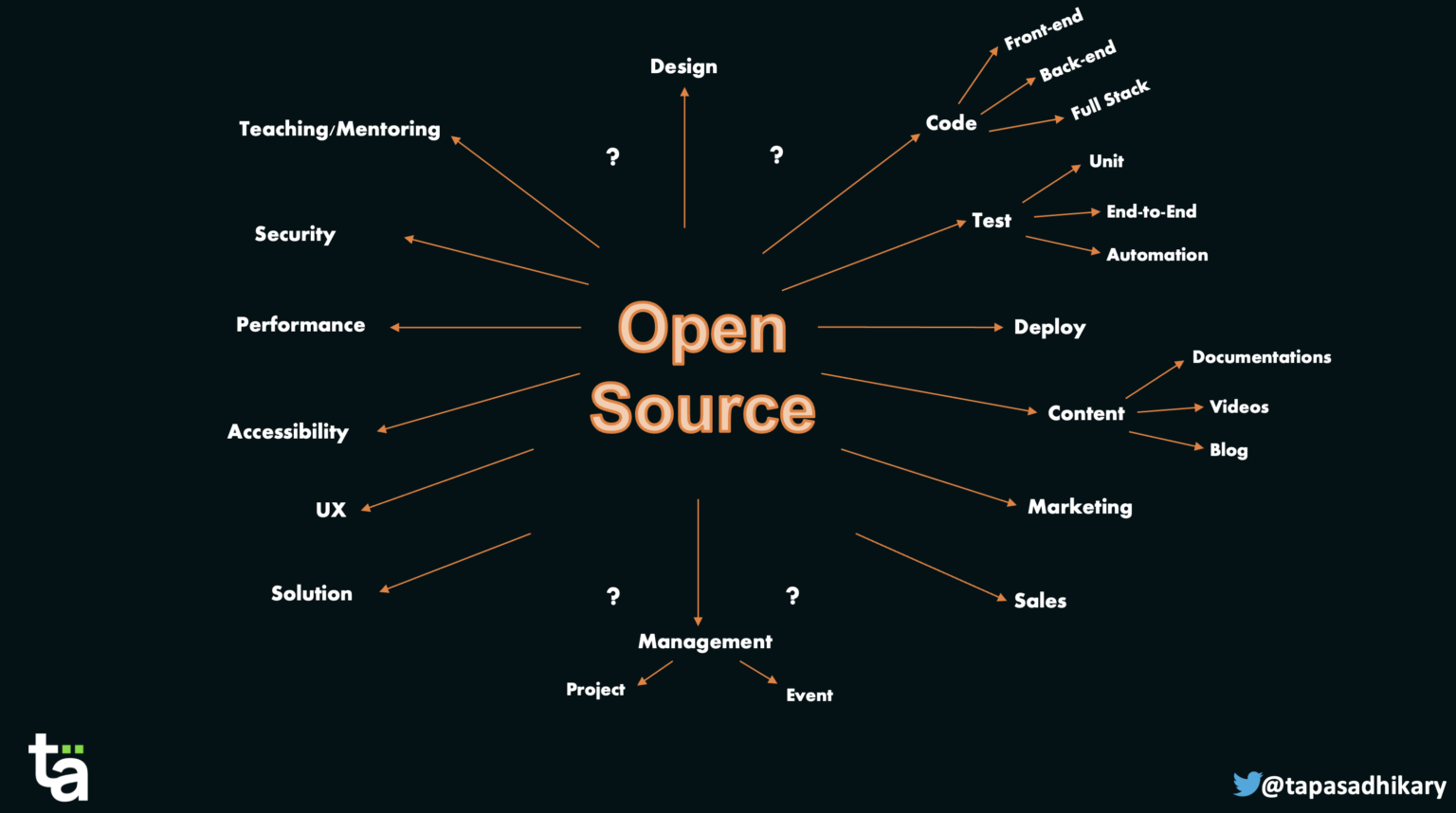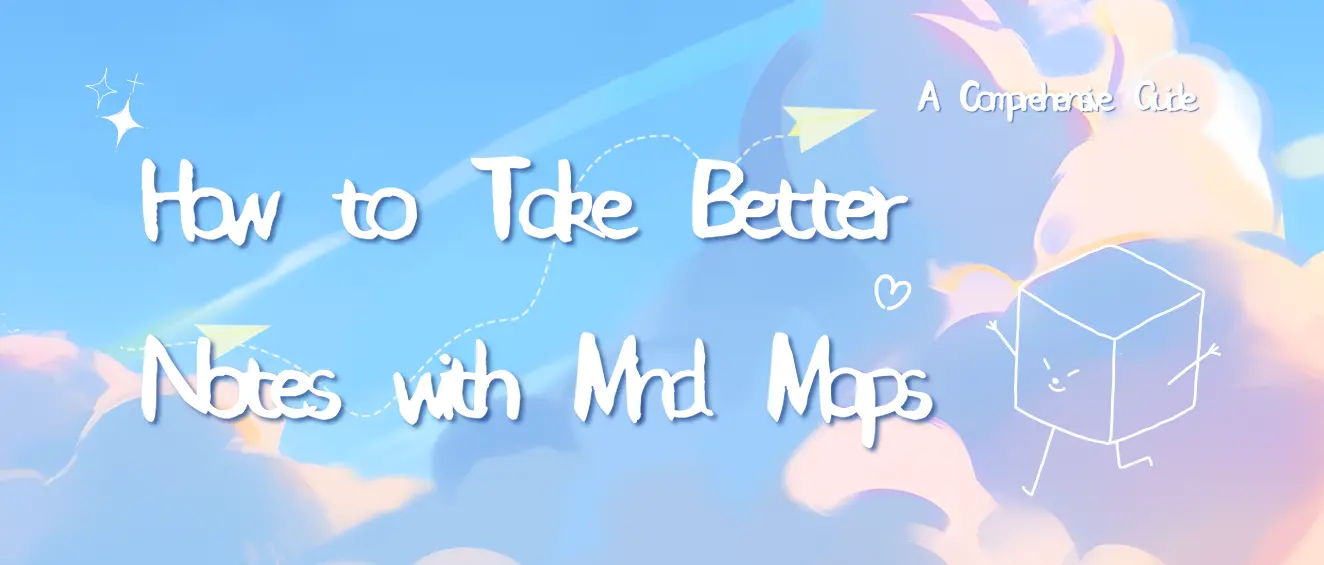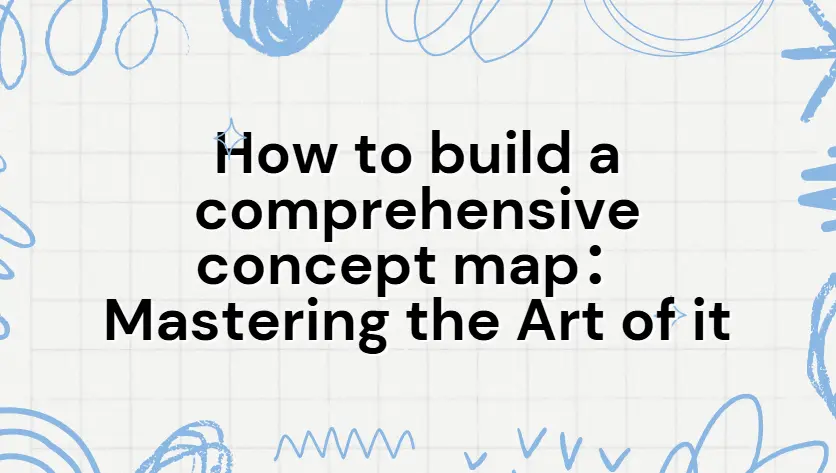Contributing to open-source mindmap projects is an incredible way to enhance your skills, connect with like-minded individuals, and give back to the community. Open-source projects thrive on collaboration, and your contributions, whether big or small, can make a significant impact. If you’re new to open-source or mind mapping, this guide will walk you through seven powerful ways to start contributing today.
A mind map is a versatile and dynamic visual tool that excels in brainstorming, organizing, and connecting ideas in a non-linear manner. Unlike traditional note-taking methods, which often follow a linear sequence, a mind map begins with a central concept placed prominently at the center of the page. From this central idea, branches extend outward, each representing a key aspect or subtopic related to the main theme. These branches can further subdivide into additional branches, creating a web of interconnected thoughts and concepts. This structure mirrors the brain’s natural way of processing and recalling information, making mind maps a highly effective method for capturing and organizing complex ideas. By engaging both the logical and creative sides of the brain—through structured organization and the use of colors, images, and spatial arrangements—mind maps enhance creativity, memory retention, and problem-solving abilities.
Mind maps are widely used across various fields and contexts due to their flexibility and effectiveness. In education, they are invaluable tools for students in note-taking, studying, and essay planning, allowing them to understand, retain, and connect complex material. In the business world, mind maps are employed for project management, strategic planning, and team collaboration, offering a clear and concise way to outline project plans, track progress, and communicate ideas effectively. On a personal level, mind maps aid in goal setting, decision making, and creative projects, helping individuals map out life goals, explore career paths, or develop creative ideas. Overall, mind maps are a powerful tool for organizing thoughts, simplifying complex information, and improving productivity, making them indispensable in both professional and personal contexts.
Contributing to open-source projects offers a unique opportunity to develop your technical skills, expand your professional network, and be part of something bigger than yourself. Open-source mindmap projects, in particular, are platforms where creativity meets technology. These projects allow you to work on tools that facilitate brainstorming, organization, and visual thinking, which are crucial in various fields such as education, design, and project management.
By contributing, you not only help improve the tools you use but also gain recognition in the community, build a portfolio of real-world projects, and possibly even influence the future direction of these tools. Whether you’re a developer, designer, or documentation writer, there’s a place for you in the open-source world.

Image from: scalefocus
3. Identify Your Strengths and Interests
Before diving into contributions, it’s essential to understand where your strengths and interests lie. Open-source mindmap projects often require contributions in various areas, including:
- Development: Writing code, fixing bugs, or developing new features.
- Design: Improving the user interface (UI) and user experience (UX) of the project.
- Documentation: Writing clear and concise documentation, tutorials, and guides.
- Testing: Identifying bugs, testing new features, and providing feedback.
Reflect on your skills and what you enjoy doing. If you’re a developer, you might enjoy working on feature enhancements or bug fixes. If you have a knack for writing, contributing to documentation could be your forte. By aligning your contributions with your strengths, you’ll find the experience more fulfilling and impactful.
4. How to Find the Right Open-Source Mindmap Project
The open-source world is vast, and finding the right project to contribute to can be overwhelming. Here’s how you can narrow down your options:
- Explore GitHub: GitHub is a treasure trove of open-source projects. Use the search functionality to find mindmap projects or browse through trending repositories in the ‘Mindmap’ category.
- Check Project Activity: Look for projects that are actively maintained with recent commits, active issue tracking, and an engaged community. This ensures that your contributions will be noticed and potentially merged.
- Read the Documentation: Before contributing, take the time to read through the project’s README file, contribution guidelines, and existing issues. This will give you a better understanding of the project’s goals and how you can contribute effectively.
By choosing a project that aligns with your interests and is actively maintained, you’ll increase your chances of making meaningful contributions.
5. Start Small: Contributing Code, Documentation, or Design
One of the most common misconceptions about contributing to open-source is that you need to start with big, complex tasks. The reality is that small contributions are just as valuable. Here are some ways to get started:
- Fix a Bug: Start by fixing a minor bug. This will help you familiarize yourself with the codebase and the project’s workflow.
- Improve Documentation: Documentation is often overlooked but is crucial for any project. If you find any gaps or areas that need clarification, contribute by improving the documentation.
- Suggest UI/UX Improvements: If you have a background in design, you can suggest or implement UI/UX improvements that enhance the user experience.
Starting small allows you to build confidence, gain a deeper understanding of the project, and establish a rapport with the maintainers.

Image from: BUGFENDER
Open-source projects thrive on collaboration and communication. Engaging with the community is crucial to making a meaningful contribution. Here’s how you can do that:
- Join the Project’s Communication Channels: Many projects have communication channels such as Slack, Discord, or mailing lists. Join these channels to interact with other contributors and maintainers.
- Participate in Discussions: Actively participate in discussions on GitHub issues, pull requests, or forums. Providing feedback, asking questions, and sharing ideas shows your commitment and interest in the project.
- Seek Guidance: Don’t hesitate to ask for guidance if you’re unsure about something. The open-source community is generally welcoming and eager to help newcomers.
By engaging with the community, you not only enhance your contributions but also build relationships that can lead to future collaboration and learning opportunities.
7. Contributing Beyond Code: How Non-Developers Can Make an Impact
You don’t need to be a developer to contribute to open-source mindmap projects. Non-developers play a crucial role in the success of these projects. Here’s how you can contribute:
- Content Creation: Create tutorials, guides, or blog posts about the project. This helps spread the word and attracts more users and contributors.
- User Testing: If you’re a regular user of the mindmap tool, your feedback is invaluable. Test new features, report bugs, and suggest improvements from a user’s perspective.
- Localization: Help translate the project into different languages. This makes the tool accessible to a broader audience.
Non-developer contributions are just as important as coding contributions. They help in making the project more user-friendly, accessible, and well-documented.
8. Why Consistency Matters: Building a Long-Term Relationship
Consistency is key to making a lasting impact on an open-source project. Here’s why it matters:
- Build Trust: Regular contributions help you build trust with the project’s maintainers and community. Over time, you may even be invited to become a core contributor or maintainer.
- Learn and Grow: Consistent contributions allow you to deepen your knowledge and skills. You’ll learn from others in the community and improve your own capabilities.
- Make a Bigger Impact: The more you contribute, the more familiar you become with the project’s goals and direction. This allows you to make more significant contributions that align with the project’s needs.
By committing to regular contributions, you’ll build a reputation as a reliable and valuable contributor, opening doors to more opportunities in the open-source world.

Image from: ASHNIK
There are various types of open-source mind-mapping tools, each serving different purposes. Desktop applications like FreeMind and Freeplane offer classic and feature-rich mind-mapping capabilities across multiple platforms. Online tools such as MindMup and Coggle enable real-time collaboration and cloud storage, accessible from any internet-connected device. For command-line enthusiasts, MindMap CLI provides a lightweight option for quick map creation and integration into automated workflows. Developers can utilize frameworks like markmap for converting Markdown files into mind maps or d3.js for creating highly customized maps. Additionally, plugins and extensions like Obsidian Mind Map and Visual Studio Code - Mind Map integrate mind mapping into knowledge management and coding environments, offering specialized functionalities within existing software. Each tool type has its unique strengths, allowing users to choose the one that best fits their needs.
Contributing to open-source mindmap projects is a rewarding experience that offers numerous benefits, from skill development to community engagement. By following the steps outlined in this guide, you can start your journey today and make powerful contributions that benefit both the project and your own personal growth. Remember, every contribution, no matter how small, is valuable. So, take the leap, join an open-source mindmap project, and start making a difference. The open-source community is waiting for your amazing contributions!







